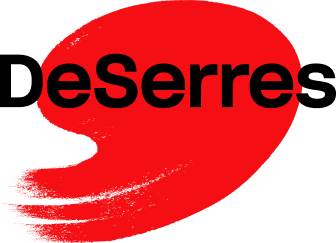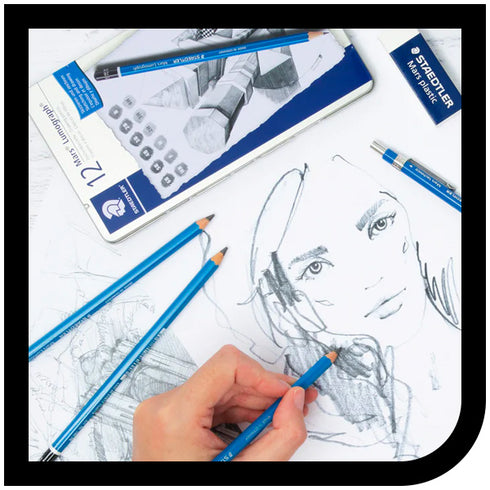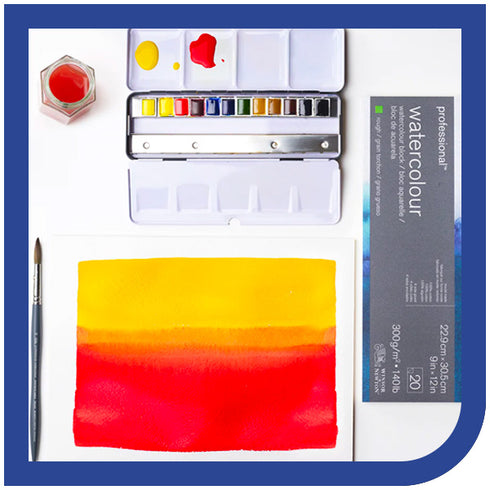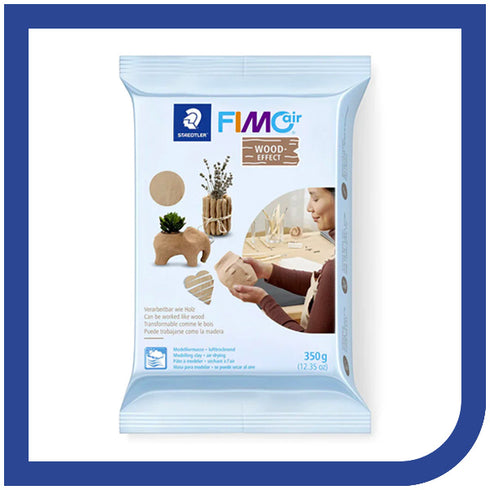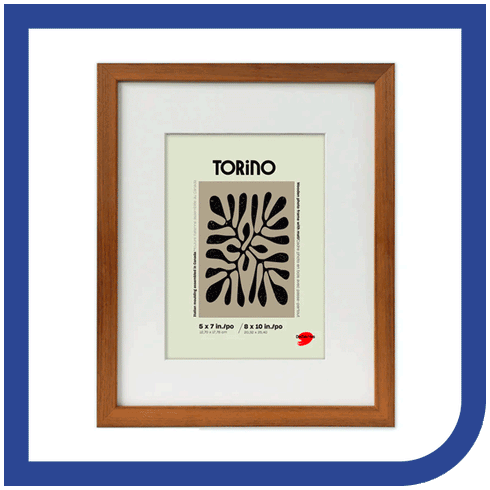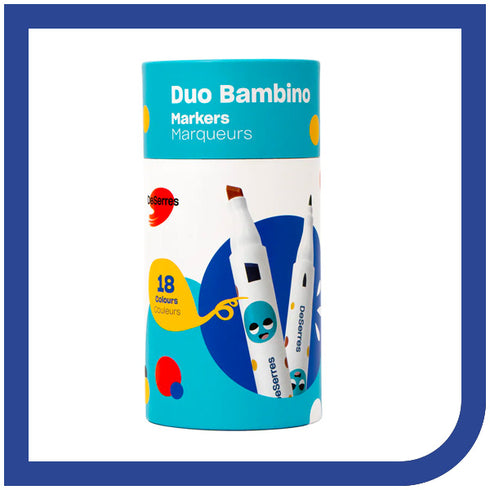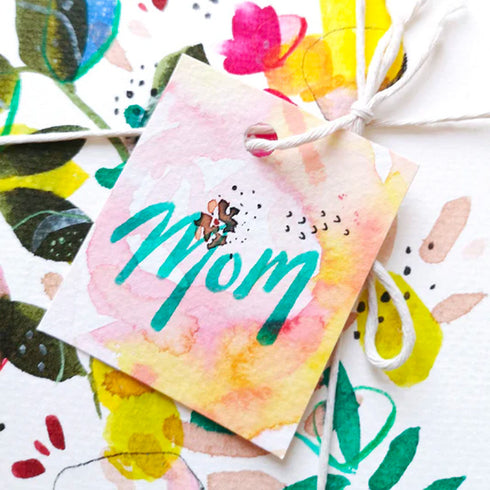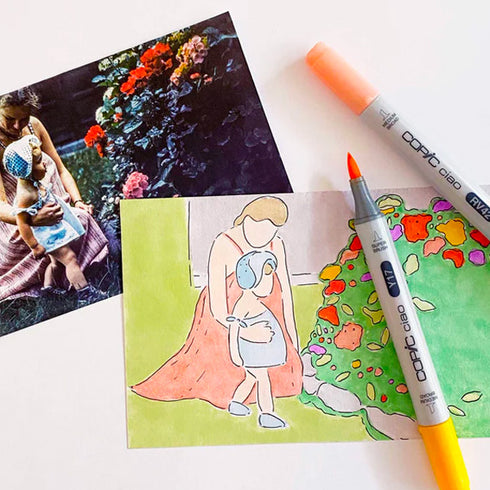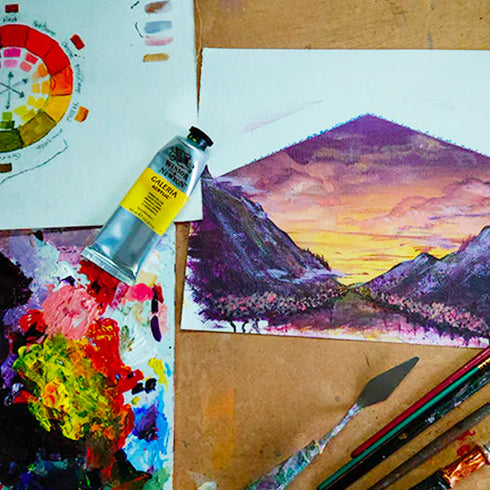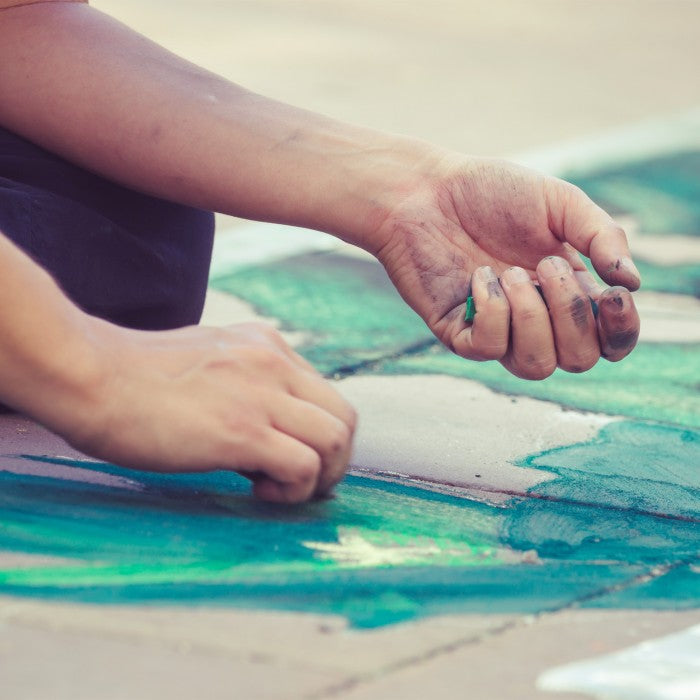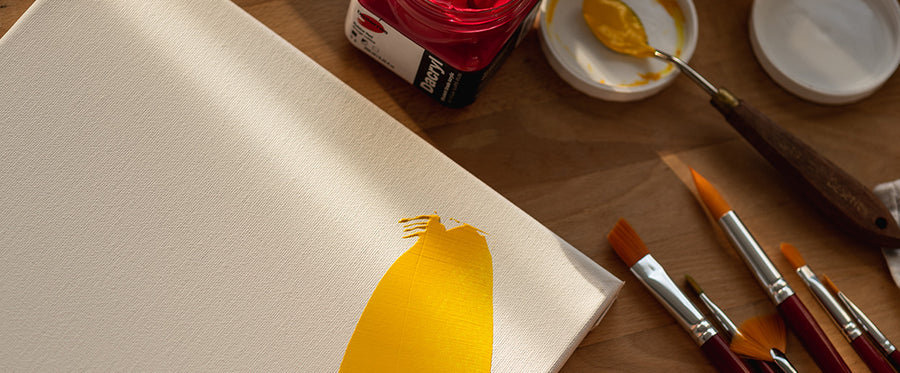Very versatile, pastels can be used in both drawing and painting. They are ideal for adding a touch of colour or texture to your artwork. Widely used at one point in art history for creating portraits, today they can be found in a wide range of works and techniques.
DRY PASTELS - SOFT, HARD OR PENCIL
- Soft pastels are the most fragile, as they have a slightly powdery texture. They are offered in a wide range of shades, thus not limiting the artist's choice of colour.
- Hard pastels are less brittle than soft pastels. They are often square-shaped and look a bit like chalk. They can be handy when you want to get precise lines since you can sharpen their tips. Finally, pastel pencils look like wooden pencils, but with a soft or hard pastel lead. They are ideal for adding fine, elaborate details to your artwork.
With all types of dry pastels, choose a surface with a certain grain to ensure good pigment adhesion.

FATTY PASTELS - OIL OR WAX
- Rumour has it, oil pastels were created at Pablo Picasso’s request. Being oil-based, they feature a greasy and velvety texture. They can be used directly on paper like pencils, or like paint by using a wet brush to obtain the colour.
- Wax pastels are more economical and are rarely used alone. They are wax-based, water repellent and offer saturated, opaque colours. Unlike dry pastels, fatty pastels are ideal for smooth surfaces.

PANPASTEL
Fun fact: as they can be used with accessories, PanPastels are not as messy as traditional pastels. They can be mixed, and dry colours spread like liquid paint. A real innovation in the pastel world!

CONCLUSION


